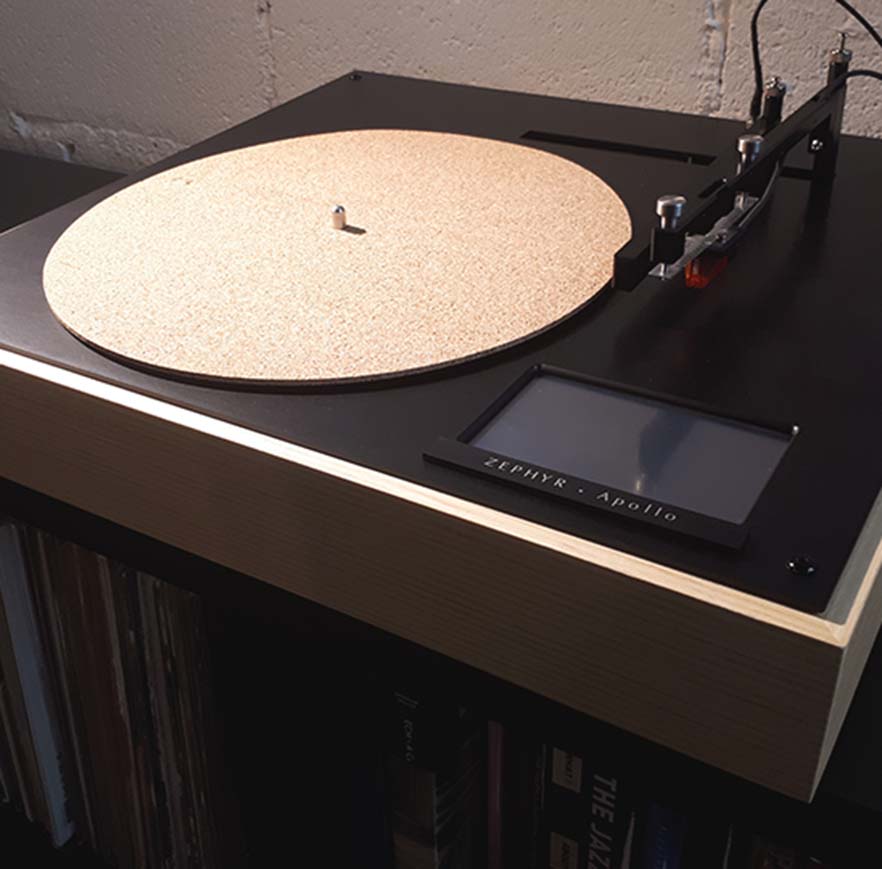Choosing the right camera can be a daunting task, especially when faced with a plethora of sensor sizes available on the market. The sensor size of a camera greatly influences image quality, low-light performance, depth of field, and many other aspects of photography. we will explore various camera sensor sizes, including smartphone sensors, small sensors up to 1 inch, (Micro) Four Thirds, APS-C, full-frame, and medium format sensors. We will also delve into the advantages and disadvantages of larger sensors to help you make an informed decision on which sensor size is the perfect fit for your photography needs.
Smartphone Sensors
The most common type of camera sensor found in smartphones is the small 1/3-inch sensor. Although these sensors are compact and allow for slim smartphone designs, their tiny size comes with some limitations:
- Lower image quality compared to larger sensors due to smaller pixel sizes and higher noise levels.
- Reduced low-light performance, leading to more noise and less detail in darker scenes.
- Limited dynamic range, resulting in a lower ability to capture detail in both highlights and shadows.
Despite these drawbacks, smartphone sensors have come a long way in recent years, with manufacturers continuously pushing the boundaries of what’s possible in such a small form factor. Advances in computational photography and multi-camera systems have allowed smartphones to produce surprisingly good images, even in challenging lighting conditions.
Small Sensors up to 1 Inch
One-inch sensors are commonly found in compact cameras and camcorders. They offer a significant improvement in image quality compared to smartphone sensors while maintaining a compact form factor. Some advantages of 1-inch sensors include:
- Better low-light performance due to larger pixels.
- Improved dynamic range, allowing for more detail in highlights and shadows.
- Increased depth of field control, enabling more creative flexibility.
However, 1-inch sensors still fall short of larger sensor sizes in terms of image quality, low-light performance, and depth of field control.

(Micro) Four Thirds Sensors
(Micro) Four Thirds is a popular sensor size found in mirrorless cameras made by manufacturers like Panasonic and Olympus. These sensors are larger than 1-inch sensors, providing the following benefits:
- Improved image quality due to larger pixel sizes and lower noise levels.
- Better low-light performance, resulting in cleaner images in darker scenes.
- Greater depth of field control, allowing for more creative flexibility.
Additionally, (Micro) Four Thirds cameras are known for their compact size and lightweight design, making them an attractive option for photographers who prioritize portability.
APS-C Sensors
APS-C sensors are commonly found in entry-level and enthusiast-level DSLRs and mirrorless cameras. They offer a significant step up in image quality compared to smaller sensor sizes:
- Increased image quality due to larger pixel sizes and lower noise levels.
- Enhanced low-light performance, resulting in cleaner images in darker scenes.
- Greater depth of field control, allowing for more creative flexibility.
APS-C cameras also tend to be more affordable than full-frame cameras, making them an attractive option for those looking to upgrade from a smaller sensor size without breaking the bank.
Full-Frame Sensors
Full-frame sensors are the gold standard for many professional photographers, offering the best image quality and low-light performance in the DSLR and mirrorless market. Some advantages of full-frame sensors include:
- Superior image quality due to the largest pixel sizes and lowest noise levels among the sensor sizes discussed so far.
- Exceptional low-light performance, resulting in clean and detailed images in darker scenes.
- The greatest depth of field control, allowing for the most creative flexibility.
However, full-frame cameras tend to be more expensive and heavier than their smaller-sensor counterparts, which may be a consideration for those on a budget or prioritizing portability.

Medium Format Sensors
Medium format sensors are the largest sensors available for consumer cameras and are typically found in high-end professional camera systems. They offer several advantages over full-frame and smaller sensor sizes:
- Unparalleled image quality due to extremely large pixel sizes and the lowest noise levels.
- Outstanding low-light performance, resulting in exceptionally clean and detailed images in darker scenes.
- The most depth of field control for maximum creative flexibility.
However, medium format cameras come with a hefty price tag and are significantly larger and heavier than other camera systems, making them suitable primarily for professionals and serious enthusiasts.
Advantages of a Larger Sensor
There are several benefits to using a larger sensor in your camera:
- Improved Image Quality: Larger sensors have larger pixels, which can capture more light and produce images with lower noise levels and higher dynamic range.
- Better Low-Light Performance: The larger pixel size of a bigger sensor allows for better light sensitivity, resulting in cleaner, more detailed images in low-light situations.
- Greater Depth of Field Control: A larger sensor provides more creative flexibility in controlling the depth of field, allowing photographers to isolate subjects from their backgrounds or keep more of a scene in focus, depending on their artistic intent.
- Better Color Reproduction: Larger sensors can produce more accurate and vivid colors due to their higher dynamic range and lower noise levels.
Disadvantages of a Larger Sensor
Despite the many advantages of larger sensors, there are also some drawbacks to consider:
- Cost: Cameras with larger sensors tend to be more expensive, which may be prohibitive for those on a budget.
- Size and Weight: Larger sensors require larger camera bodies and lenses, resulting in a heavier and bulkier system. This may be a concern for photographers who prioritize portability or have limited space for gear.
- Lens Compatibility: In some cases, lenses designed for smaller sensors may not be compatible with larger sensor cameras, requiring additional investment in new lenses.





